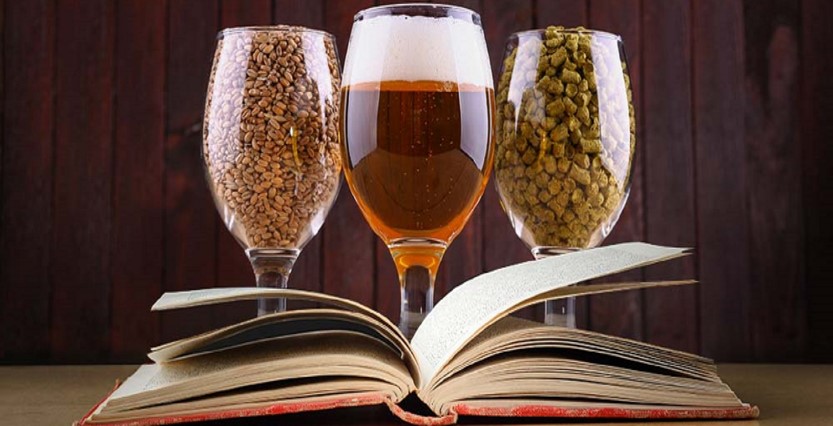
The history of beer is long and fascinating, with roots that delve into some of the world’s oldest civilizations. Beer has very ancient origins, linked to the history, religion, and culture of Eurasia. In fact, beer seems to have originated 5000 years ago in Mesopotamia. The earliest evidence of beer production dates back to the Sumerians, who considered this beverage a divine gift.

Cuneiform tablets containing barley-based beer recipes have been discovered. The Babylonians further developed the art of brewing, producing various types of beer and including it in daily rations and even as a form of payment. It is believed that there were more than 20 types of beer in Mesopotamia, differing in both popularity and intensity of flavor.
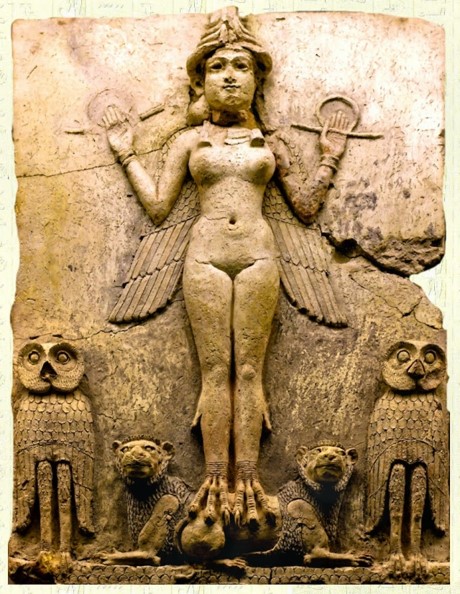
In Mesopotamia, beer also held religious and ritual significance. It was drunk during funerals and offered to the deities to ensure a peaceful rest for the deceased. Another tradition holds that the goddess of life Ishtar, an important deity in the Assyro-Babylonian religion, derived her power from beer itself.
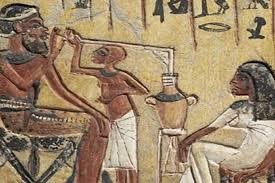
From Mesopotamia, beer also spread to Egypt, so much so that it became a fundamental beverage in the diet of Egyptians of all social classes, including the pharaohs. It was produced with baked barley bread and was also used in religious ceremonies and as wages for workers, such as those who built the pyramids of Giza. Called ‘zithum,’ it was a strong-tasting drink, flavored with lupins and also considered a food and medicine. It is believed that a low-alcohol beer, or one diluted with water and honey, was given to weaning children when mothers did not have milk. The presence of beer in Egypt also led to its inclusion in Jewish culture; in fact, there are many references in sacred texts that recall the exodus from Egypt, during which the Jews ate unleavened bread and drank beer for seven days.
Beer in Ancient Greece and the Roman Empire
In general, in antiquity, the cultivation of cereals was accompanied by the production of beverages obtained through their alcoholic fermentation, that is, beers. In ancient Greece, during popular festivals and sporting events, the use of wine was forbidden, so the ancient Greeks began to import beer from Egypt and Mesopotamia. The use of beer became common especially during festivals in honor of Demeter, the goddess of the harvest. However, this beverage made from barley or emmer wheat was not particularly appreciated in Greece. A large part of them, in fact, defined beer as a barbaric drink, of little value compared to wine.
In Italy, the Etruscans were the first to drink and produce both beer and wine, passing their traditions on to the Romans. It seems that the very name “beer” derives from the Latin “bibere” (to drink), a term with a very similar assonance to the current one. While the Romans increased their influence in the ancient world, beer began to establish itself among the populations of Central Europe, such as the Germans and the Celts. The Celts had settled mainly in Gaul and Britain, but their civilization developed mainly in Ireland.
After the fall of the Roman Empire, beer production spread throughout Europe, with a significant role played by monasteries. The monks perfected brewing techniques and began to use hops as a preservative and flavoring agent, a practice that became widespread around the 11th century
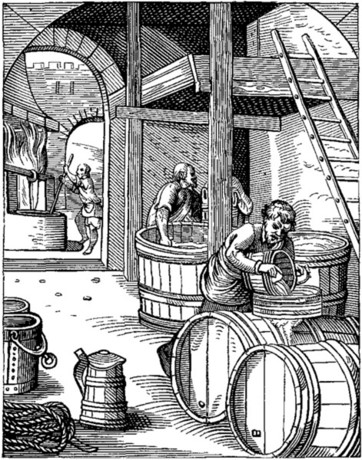
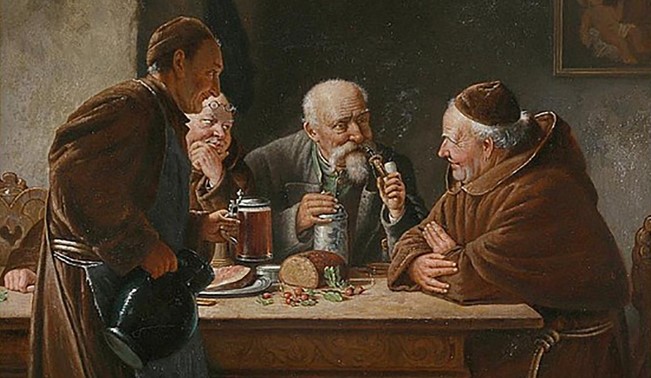
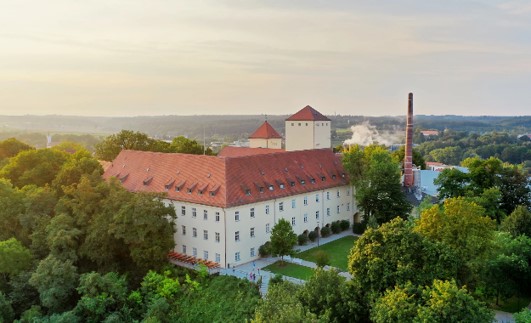
Beer became a common beverage, consumed by people of all ages and social classes. Contrary to a popular belief, water was often available and drunk, but beer was a safe and nutritious alternative. Some new ingredients were also introduced, among which was hops. Before its spread in monasteries, in fact, beers were flavored with herbs, spices, berries, and tree bark. Hop flowers contain a yellow and sticky liquid with a characteristic bitter and aromatic flavor, which, in addition to flavoring it, also has an antiseptic and preservative action in beer. The oldest monastic “brewery” is that of Weihenstephan Abbey, near Munich, built in 724 and still active.

It was precisely in Bavaria in 1516 that the Reinheitsgebot, or Purity Law, was promulgated. This law, still in force in Germany, permitted the use of only barley malt, water, and hops for beer production. Belgium, on the other hand, is home to the legend of King Gambrinus, who lived in Flanders and was said to be the inventor of beer and certainly a great admirer, as well as a heavy drinker, of it.
Brewing techniques continued to evolve, with the emergence of different regional schools and styles across Europe. The discovery of yeast and the understanding of fermentation processes in the 19th century led to greater standardization and control of production.
The industrial and scientific revolution of the 19th century brought about large-scale beer production and its global spread. New technologies, such as refrigeration and pasteurization processes, improved the quality and preservation of beer. Machines were created for roasting malt, cooling wort, and producing artificial ice (Carrè & Linde), which was fundamental for the production of bottom-fermented beers: this is how the modern “lager” was born. The invention of printed bottles allowed for the industrial bottling of beer. The yeast responsible for beer fermentation was identified by the Dutch researcher Anton Van Leeuwenhoek (1632–1723) in 1680 and by Anton Dreher and Gabriel Sedlmayr in Bavaria in 1740, but its nature and mechanism of action were not understood. Arriving in Pilsen, Bohemia, in 1842, beer yeast made it possible to launch an innovative style, Pilsner beer, which quickly became the global benchmark for the industry. In the same years, Louis Pasteur understood both the action of yeasts and that of bacteria, responsible for several problems in the winemaking world.
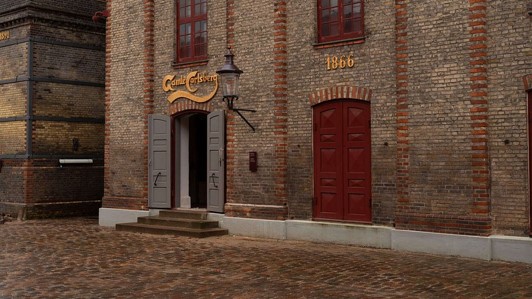
In 1883, Emil Christian Hansen, of the Danish brewery Carlsberg, scientifically documented the different types of yeast and developed the technique for their reproduction, inaugurating the era of selected yeasts. The yeast thus obtained was named Saccharomyces carlsbergensis. For several centuries, beer production only knew two fermentation systems: high-temperature and spontaneous fermentation. Thanks to these studies, towards the end of the 19th century, the low fermentation system was created, destined to become the basis of industrial beer production. The 20th century indeed opened the industrial era for beer as well. Large manufacturing industries took over first in the United States, then worldwide, from small local breweries, which less than a hundred years later had practically disappeared. Industrial beer was increasingly promoted as a thirst-quenching drink, while special beers and those with strong characterizations and personalities remained on the market as niche products or with strong local characteristics. In recent years, however, this type of activity has experienced a new impetus, and the cultural and even tourist valorization of beer has begun.
Today, beer is a vast and diversified market, with many types that go beyond simple light and dark beers. The main distinction remains between top-fermented beers (Ale) and bottom-fermented beers (Lager). Within these, there are numerous styles, each with unique characteristics.
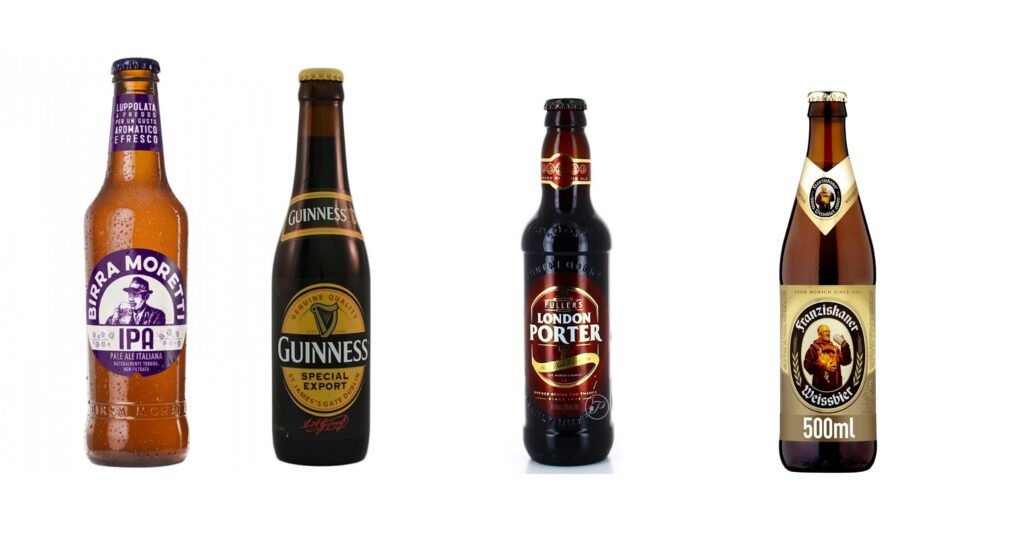
Ale:
- Pale Ale: Light-colored beers, often with a fruity aroma and a hoppy aftertaste.
- IPA (India Pale Ale): Characterized by an intense hoppy aroma and a pronounced bitterness.
- Stout: Dark beers, often with hints of chocolate, coffee, and licorice.
- Porter: Dark beers, with a softer flavor compared to Stouts, with notes of caramel and toast.
- Weizen: Wheat beers, often with a spicy aroma of banana and cloves.
Lager:
- Pilsner: Light-colored beer, with a fresh and balanced taste, and a pronounced hoppy aroma.
- Helles: Light-colored beer, with a malty aroma and a sweet flavor, typical of Germany.
- Bock: Light-colored beer, with a more pronounced malty aroma compared to Helles, with hints of caramel and toast.
- Märzen: Light-colored beer, with a malty aroma and a slightly bitter flavor, typical of Germany, often associated with Oktoberfest.
- Dunkel: Dark beer, with a more intense malty aroma and a fuller-bodied flavor compared to Märzen.
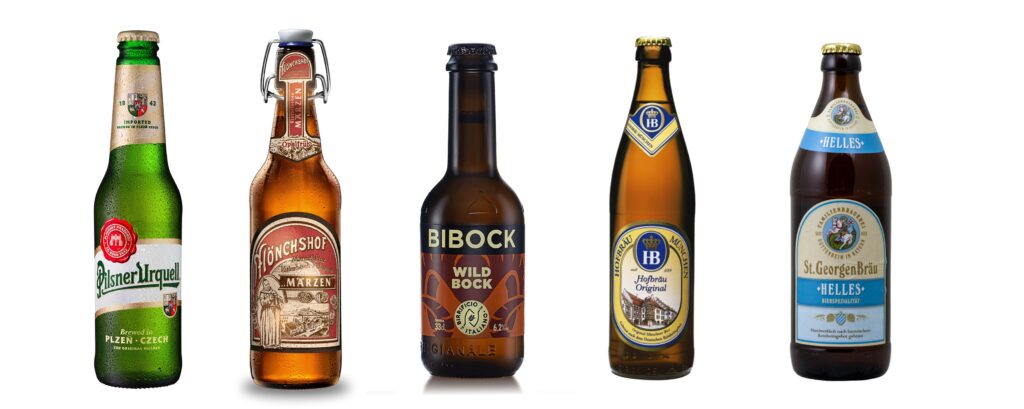
Other types:
- Blanche (Witbier): Light-colored beer, with a spicy aroma of coriander and orange.
- Lambic: Spontaneously fermented beer, with a sour taste and a complex aroma.
Today, beer is constantly evolving, with:
- Craft beers: Which are becoming increasingly popular, offering a great variety of styles and flavors.
- International beers: Which are increasingly entering the market, bringing new influences and tastes.
- Innovations: Such as the addition of fruits, spices, and other ingredients to create increasingly unique and personalized beers.
In summary, beer today is a diverse world, with a wide range of styles and types that go beyond simple light and dark beers, offering a great variety of flavors and aromas to explore.
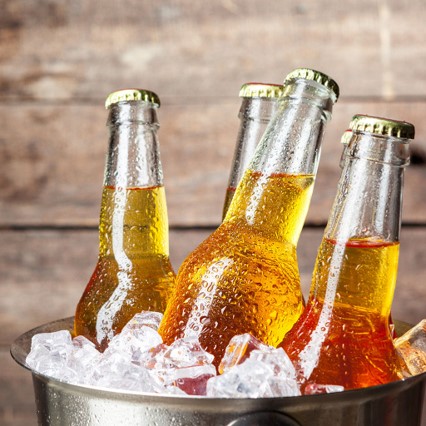

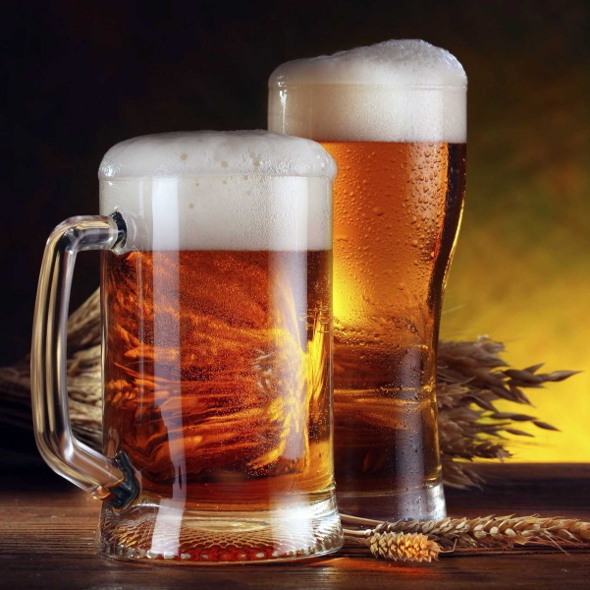
Leave a Reply